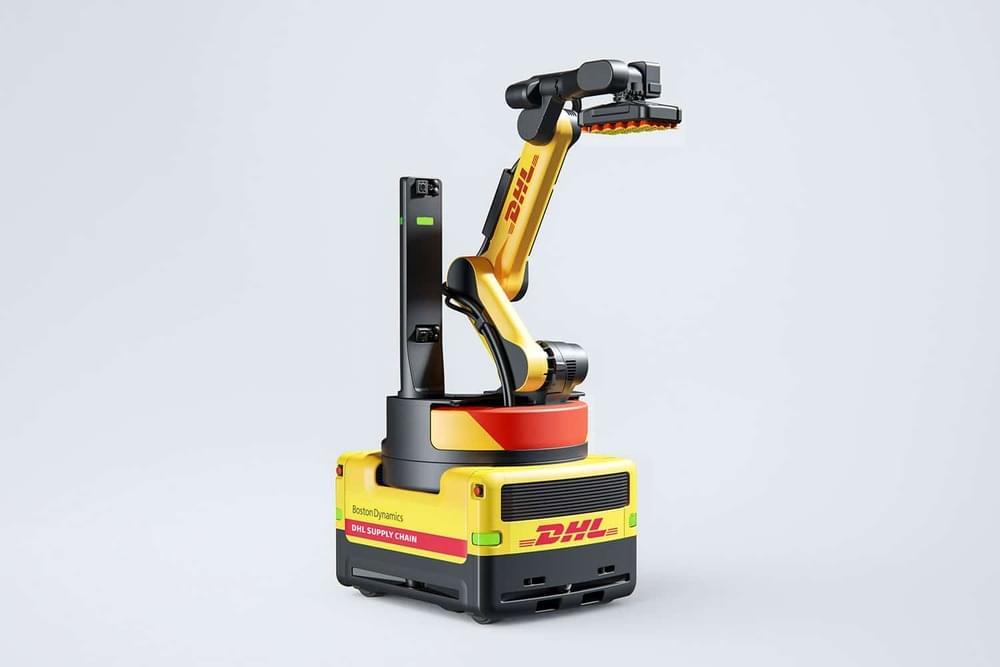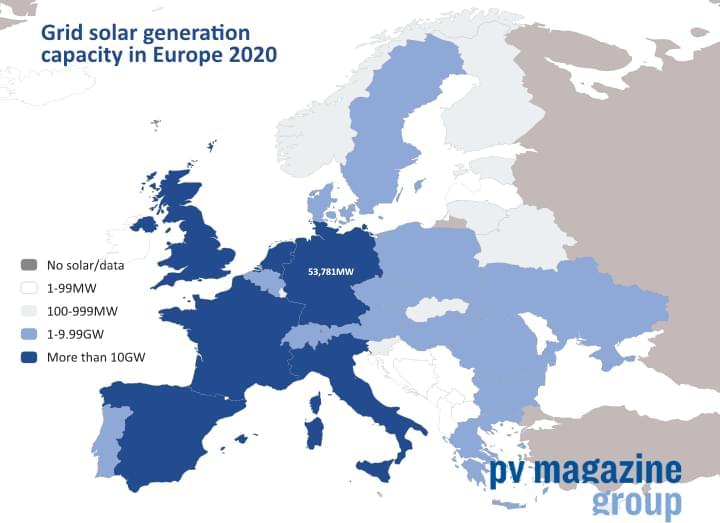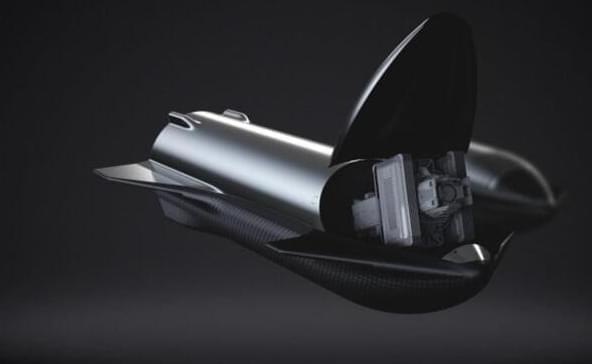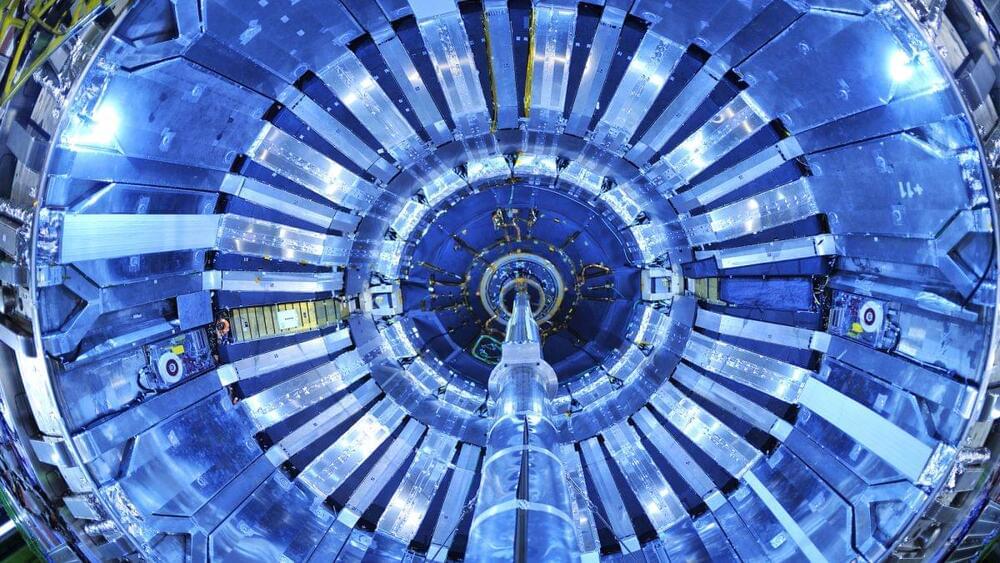DHL is the first commercial customer for Boston Dynamics’ Stretch warehouse robot.
The latest numbers released by EU data body Eurostat indicate renewables, including hydropower, contributed 37% of Europe’s gross electricity consumption in 2020, up from 34% a year earlier.
“Somehow it’s converting magnetic energy to radio waves much more effectively than anything we’ve seen before,” team leader Dr. Hurley-Walker said.
How can solar panels be more efficient? Breakthrough research out of Cambridge could see solar panel technology reach 35% efficiency by 2025.
SpaceX’s Starship will be a multipurpose launch vehicle, capable of returning astronauts to the Moon to build a permanent base and enabling humanity to build a sustainable colony on Mars. It is expected to become the world’s most powerful rocket-ship. “Starship was designed from the onset to be able to carry more than 100 tons of cargo to Mars and the Moon. The cargo version can also be used for rapid point-to-point Earth transport. Various payload bay configurations are available and allow for fully autonomous deployment of cargo to Earth, Lunar, or Martian surfaces,” the company said.
SpaceX’s Starship launch vehicle has many potential uses and capabilities that will enable access to space like never before. The cargo version of Starship will be able to launch entire satellite constellations in a single launch inside its payload bay. For perspective, SpaceX’s Falcon 9 can carry up to 60 Starlink in a tight configuration inside its 5.2-meter diameter fairing, Starship will be able to carry 400 Starlink to deploy in a single launch inside its fairing. Starship will be capable of deploying giant spacecraft to space inside its clamshell-like fairing, which has an outer diameter of 9-meters –“the largest usable payload volume of any current or in development launcher,” the company says. SpaceX also plans to design an extended Starship volume capability for payloads requiring up to 22-meters of height.
Starship will also be able to capture already in orbit to be repaired or brought back to be disposed of on Earth, according to SpaceX’s Starship User Guide. “Fully-reusable Starship and Super Heavy systems are expected to allow for space-based activities that have not been possible since the retirement of the Space Shuttle and Space Transportation System, or have never been possible before. With a fully reusable Starship, can be captured and repaired in Orbit, returned to Earth, or transferred to a new operational orbit,” SpaceX’s vehicle guide says. This will be possible with Starship’s large clamshell-like cargo door mechanism that opens and closes, as shown in the image below. The clamshell door can be modified to “chomp up” old and space junk orbiting Earth. “We can fly Starship around space and chomp up debris with the moving fairing door,” SpaceX founder Elon Musk said in July 2021.
The particle was found by smashing billions of lead atoms into each other at extreme speeds.
David Chaum, the developer of Ecash, has launched XX Messenger, which claims to be a private messaging service that is quantum-resistant, keeping user data perfectly secure.
Pfizer Inc wants to intervene in a Texas federal lawsuit seeking information from the U.S. Food and Drug Administration used in licensing the company’s COVID-19 vaccine, a litigation move that plaintiffs who are suing for the data say is premature.
Pfizer’s lawyers at DLA Piper told U.S. District Judge Mark Pittman on Jan. 21 it wanted a role in the proceedings to help the FDA avoid “inappropriately” disclosing trade secret and confidential commercial information.
Visit the COVID-19 Information Center for vaccine resources.
Circa 2021
When Harley-Davidson debuted its first electric motorcycle back in 2019, it was held back by an expensive price tag and early production issues. After spinning out LiveWire as a separate brand earlier this year, the company is back with its second electric bike, and it looks to address those issues.
The most eye-catching feature of Harley-Davidson’s new LiveWire One is its price tag. The electric motorcycle will cost $21,999. That’s almost $8,000 less than the $29,799 the original LiveWire sold for when it came out in 2019. With federal subsidies, Harley-Davidson told The Verge it expects most people will be able to buy the LiveWire One for less than $20,000.
But a more attractive entry point isn’t the only change. Harley-Davidson has also improved the motorcycle’s range. Driving on slower city streets, the company claims the LiveWire One can travel 146 miles on a single charge. By comparison, its predecessor was limited to a maximum of about 110 city miles. Using a DC fast charger, the company says you can get the LiveWire One’s battery from dead to a full charge in about an hour, or from zero to 80 percent in approximately 45 minutes. The motorcycle also comes with a six-axis inertial measurement unit to assist with braking and turns.
Astronomers observed a mysterious object in the Milky Way that periodically releases a giant burst of energy. The object could be a magnetar, a type of neutron star.









